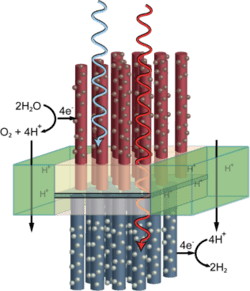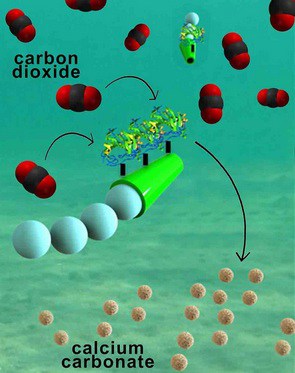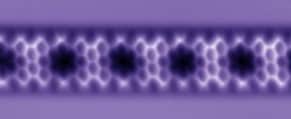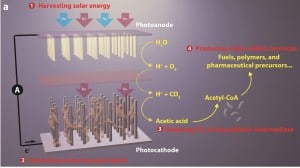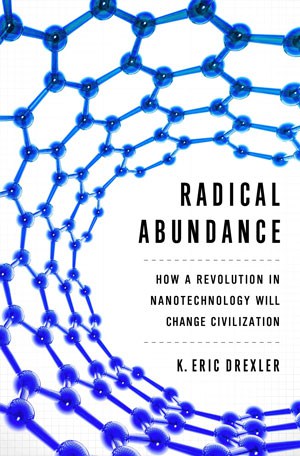Increasing efficiency and utilization and lowering costs for harvesting, converting, transporting, and storing energy produced from sunlight provides a showcase for a variety of nanoscale materials, structures, and processes.
Nanotechnologies to advance solar energy utilization
